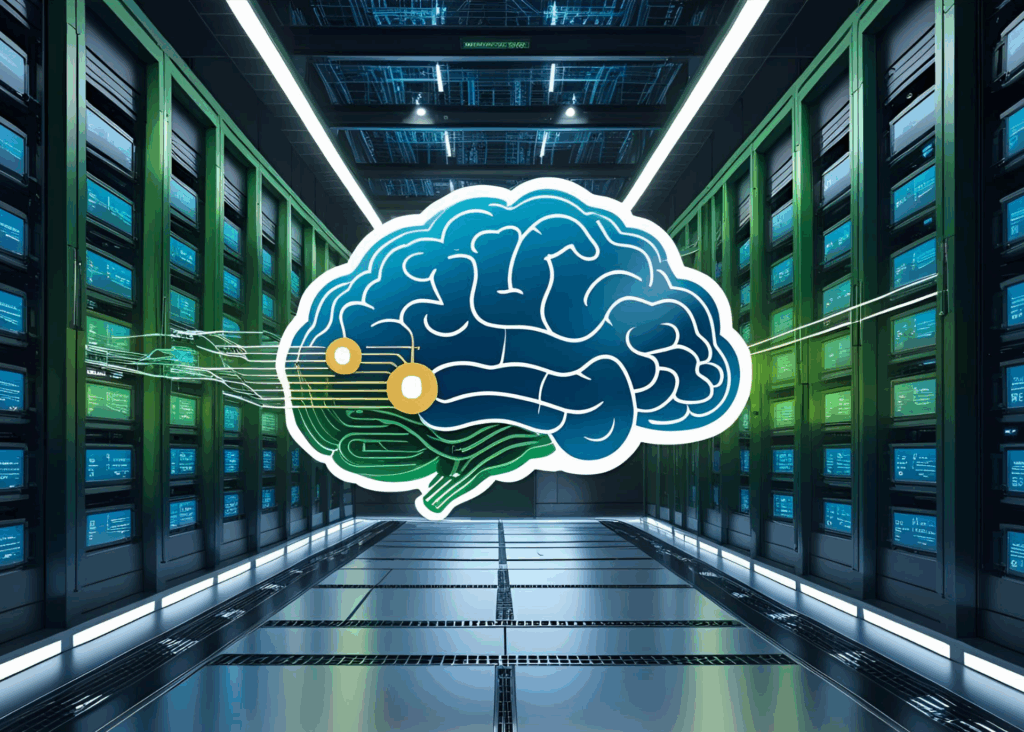In the world of data centers, ensuring uninterrupted service is paramount. But beyond the tangible hardware and cooling systems, there’s an underlying backbone that’s just as crucial: data integrity. Let’s explore the reasons why…
What is Data Integrity?
Data integrity refers to the accuracy, consistency, and reliability of operational data throughout its lifecycle. Think of it as the blueprint for your data center operations. If this blueprint keeps changing or has errors, your data center’s efficiency and reliability can be compromised.
Evaluating Data Integrity
To assess the integrity of your data, it’s essential to delve into various dimensions. Here’s a closer look at each:
- Individual Completeness:
- What is it? Ensuring all essential attributes, like battery health or fuel levels, are consistently captured.
- Real-world example: Continuously monitoring UPS battery health to ensure backup power readiness.
- Why It Matters: Missing data points can lead to unforeseen power disruptions, compromising the reliability of the entire data center.
- Accuracy & Validation:
- What is it? Checking if power consumption metrics or generator outputs adhere to specified formats and are correct.
- Real-world example: Validating if the PDU’s reported power draw aligns with the actual consumption of connected devices.
- Why It Matters: Inaccurate data can lead to incorrect power allocation, risking equipment damage and operational downtimes.
- Native Refresh Rate & Retention:
- What is it? Evaluating how quickly data, such as UPS switch-over times or generator start-up durations, is captured and its retention duration.
- Real-world example: Storing historical UPS switch-over times to predict future battery replacements.
- Why It Matters: Slow data refresh rates can mean reacting too late to critical events, while retaining data helps in predicting and preventing future issues.
- Local vs. Global Accessibility:
- What is it? For global data centers, how quickly is power infrastructure data accessible across locations?
- Real-world example: A data center operator in Paris accessing generator fuel levels in Tokyo.
- Why It Matters: Immediate global data access ensures seamless operations across multiple data centers, facilitating quick decision-making during emergencies.
- Intrinsic Association:
- What is it? Recognizing inherent relationships between data points.
- Real-world example: Relating specific PDUs to their supporting UPS units.
- Why It Matters: Understanding these inherent associations ensures optimized power flow and backup strategies, enhancing overall efficiency.
- Situational Association:
- What is it? Establishing relationships based on specific events, like power outages.
- Real-world example: Linking a power outage event to affected PDUs and their backed-up devices.
- Why It Matters: Recognizing these situational relationships helps in faster root cause analysis during outages or disruptions.
- Capturable Collective Completeness:
- What is it? Ensuring attributes that add value when combined, like generator fuel consumption and uptime, are consistently captured.
- Real-world example: Integrating UPS failure logs with generator start-up times to optimize power backup strategies.
- Why It Matters: Comprehensive data gives a holistic view, allowing for better predictive maintenance and operational strategies.
- Augmentable Collective Completeness:
- What is it? Efficiently enhancing power infrastructure data with external data.
- Real-world example: Combining PDU power draw data with external weather forecasts to predict cooling needs during heatwaves.
- Why It Matters: Incorporating external data sources can provide insights that internal data alone might miss, enabling more informed decision-making.
- Tactical/Autonomous Actionability:
- What is it? Predefining conditions, like UPS failures or low generator fuel, to trigger automatic actions.
- Real-world example: If a PDU detects an overload, the system can automatically shed non-critical loads.
- Why It Matters: Automating reactions to predefined conditions ensures faster responses, reducing potential downtime.
- Strategic/Discretionary Actionability:
- What is it? Distilling datasets, like generator maintenance logs, into actionable insights for power infrastructure management.
- Real-world example: Analyzing UPS failure trends to strategize battery replacement cycles.
- Why It Matters: Strategic insights allow for long-term planning and optimization, ensuring sustainable and efficient operations.
- Efficiency:
- What is it? Automating tasks and reducing time spent on data standardization.
- Real-world example: Using automated systems that integrate PDU consumption data across multiple rooms, eliminating manual checks.
- Why It Matters: Efficiency reduces operational costs and human errors, leading to a more reliable power infrastructure.
- Security:
- What is it? Ensuring secure data transmission and storage, especially crucial for sensitive power infrastructure data.
- Real-world example: Encrypting transmission of UPS health metrics to central monitoring systems.
- Why It Matters: With increasing cyber threats, protecting the data that governs the power infrastructure ensures the overall security of the data center.

How is Data Integrity Scored?
Data integrity can be evaluated on a scale, often from 1 to 5:
- 1: Inconsistent and unreliable.
- 3: Moderate reliability, achieved through consistent efforts.
- 5: Highly reliable and driven by robust systems in place.
For instance, when evaluating “Individual Completeness”:
- Score 1: Records are sporadically completed.
- Score 3: Moderate completeness, mostly due to staff diligence.
- Score 5: High completeness, ensured by the system’s logic.
Why Does This Matter to You?
Beyond hardware and infrastructure, data is the driving force behind efficient data center operations. Proper data integrity ensures smooth operations, predictive maintenance, and timely responses to potential issues.
Data integrity might sound technical, but at its core, it’s about trust. Trust in your data, in your decisions, and in your organization’s ability to succeed. By focusing on data integrity, data centers can operate more efficiently, predictably, and securely.



